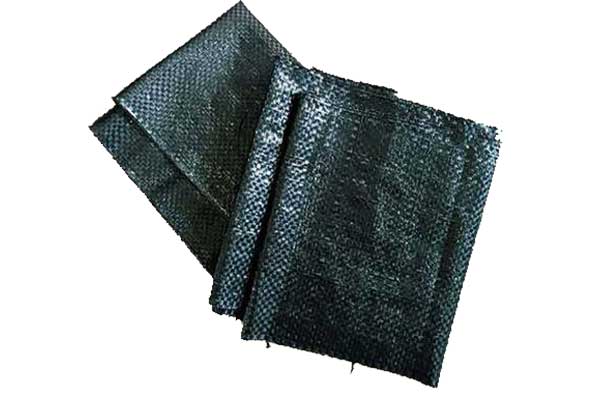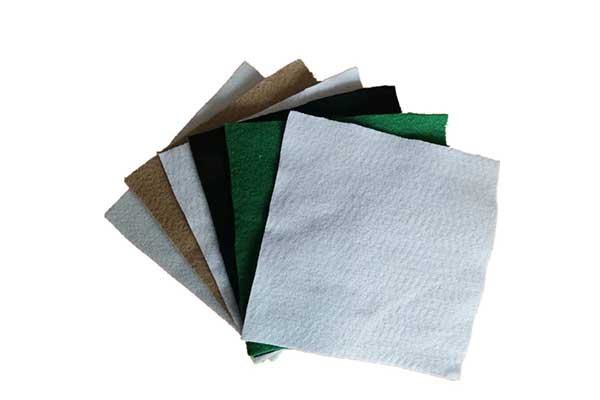Woven vs Nonwoven Geotextile: What’s the Difference
Geotextiles play a vital role in civil engineering, construction, landscaping, and erosion control projects. Among the most common types are woven and nonwoven geotextiles. Choosing the right type can significantly impact the performance, longevity, and cost-effectiveness of your project.
In this article, we’ll explain the key differences between woven and nonwoven geotextiles, their specific applications, and how to choose the best option for your needs.
Geotextile Fabric Basics
Geotextile fabric is a synthetic permeable material used to improve soil stability, provide erosion control, or aid in drainage. It’s commonly made from polypropylene or polyester fibers and is available in two main forms: woven and nonwoven.

What is Woven Geotextile?
Woven geotextiles are manufactured by weaving polypropylene or polyester fibers together in a crisscross pattern, similar to how cloth is made.
Key Features:
- High tensile strength: Ideal for load distribution and reinforcement.
- Low elongation: Maintains shape under heavy loads.
- Limited permeability: Not suitable for high-flow drainage applications.
- Durable and long-lasting: Especially useful in road construction and embankment support.
Common Applications:
- Roadway stabilization
- Subgrade separation
- Retaining wall support
- Railway construction

What is Nonwoven Geotextile?
Nonwoven geotextiles are made from short or continuous synthetic fibers that are bonded together through mechanical, chemical, or thermal processes.
Key Features:
- High permeability: Excellent for filtration and drainage.
- Flexible and conformable: Easy to install around irregular shapes or surfaces.
- Moderate tensile strength: Not as strong as woven types.
- Good puncture resistance: Effective in erosion control applications.
Common Applications:
- French drains
- Drainage systems
- Erosion control blankets
- Landfill lining and leachate collection
Woven vs Nonwoven Geotextile: Comparison Table
| Feature | Woven Geotextile | Nonwoven Geotextile |
|---|---|---|
| Manufacturing | Woven (interlaced fibers) | Bonded (needle-punched, etc.) |
| Strength | High | Moderate |
| Permeability | Low to moderate | High |
| Primary Use | Reinforcement, separation | Drainage, filtration |
| Cost | High | Low |
How to Choose the Right Geotextile
When deciding between woven and nonwoven geotextiles, consider the following factors:
- Project requirements: Does your project require soil reinforcement, filtration, or both?
- Soil conditions: Granular vs. fine soils may influence your choice.
- Water flow: High permeability is key in drainage applications.
- Budget: Nonwoven geotextiles are often more economical for filtration.
If your goal is reinforcement and stability, especially in roadways or embankments, woven geotextiles are the better choice. For drainage and filtration, particularly in areas with water flow, nonwoven geotextiles provide superior performance.
Final Thoughts
Understanding the difference between woven and nonwoven geotextile fabric is essential for making the right material choice. Woven geotextiles are best suited for load-bearing and separation tasks, while nonwoven geotextiles excel in filtration and drainage roles.
Choosing the correct type not only improves the performance of your project but also extends its lifespan and reduces maintenance costs.
Need geotextile for your project? Contact our experts today for product recommendations, pricing, and technical support.
